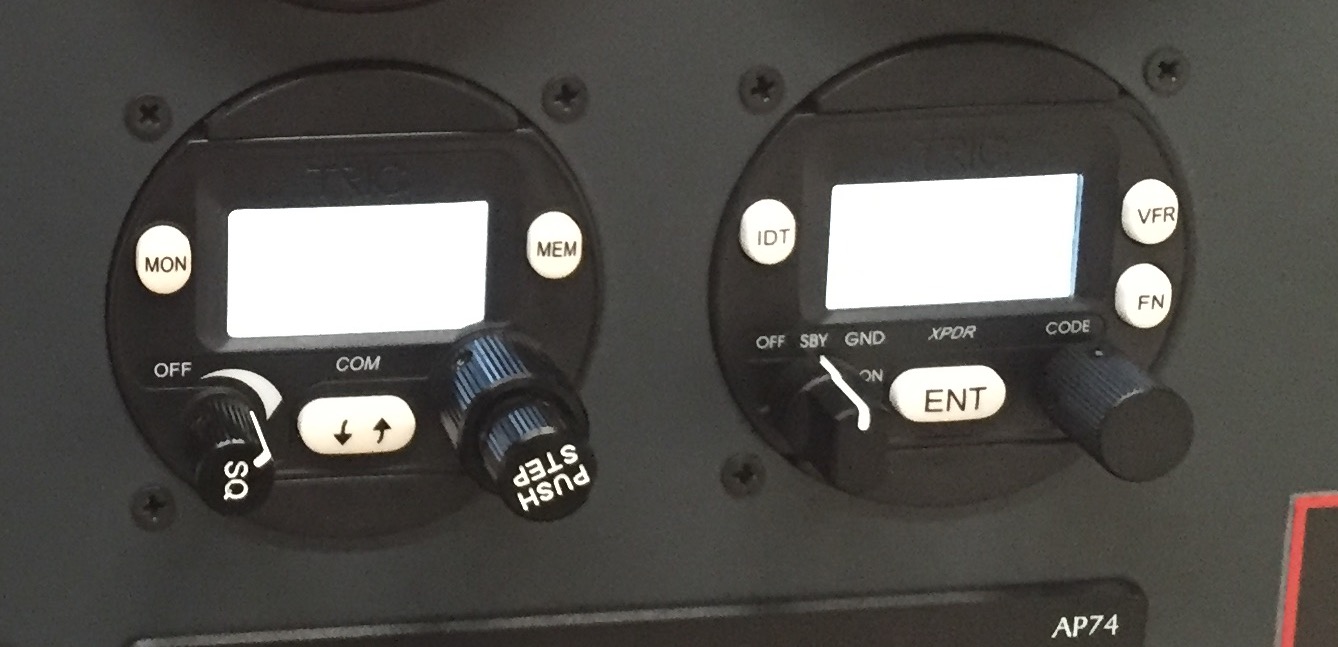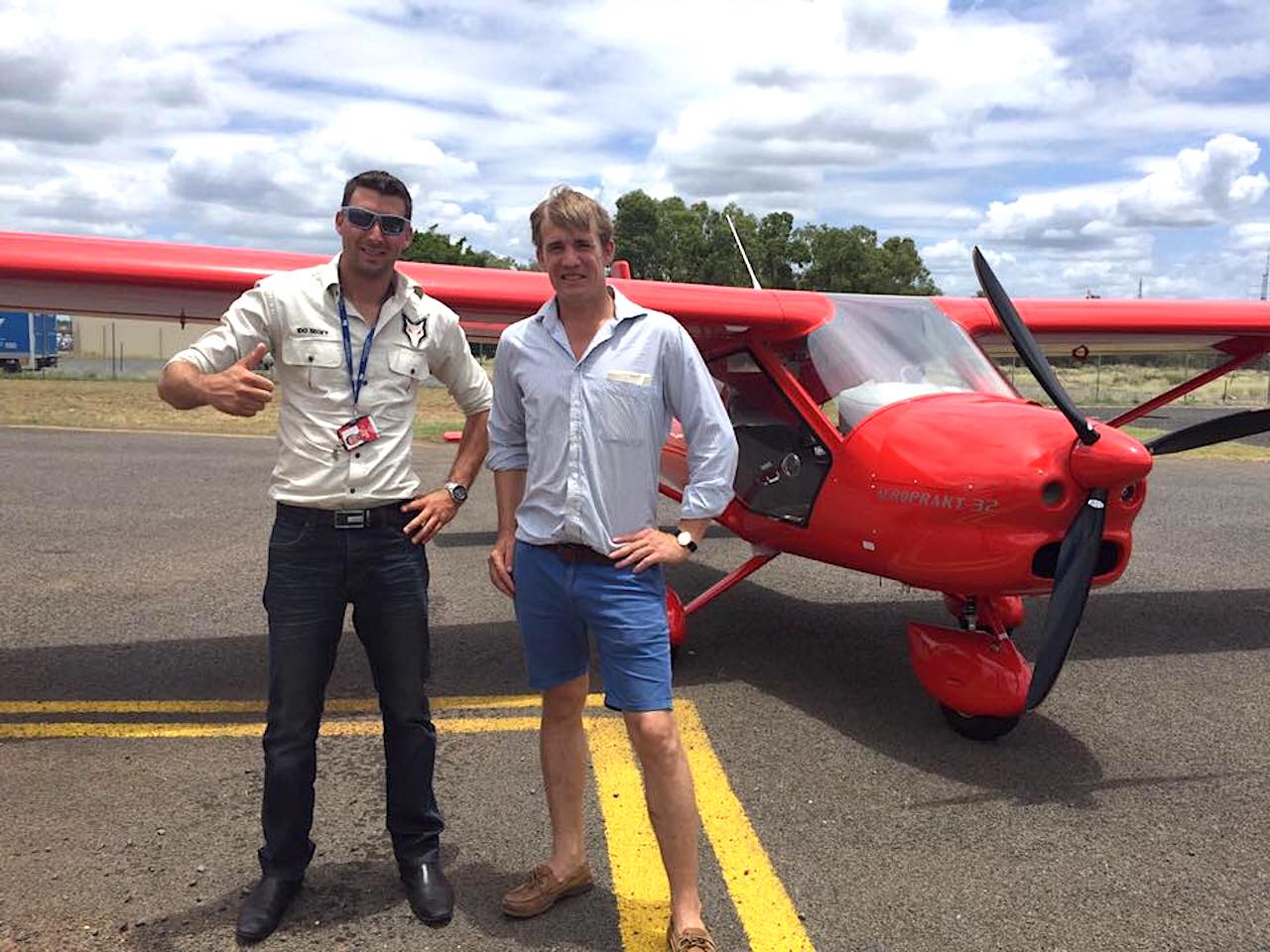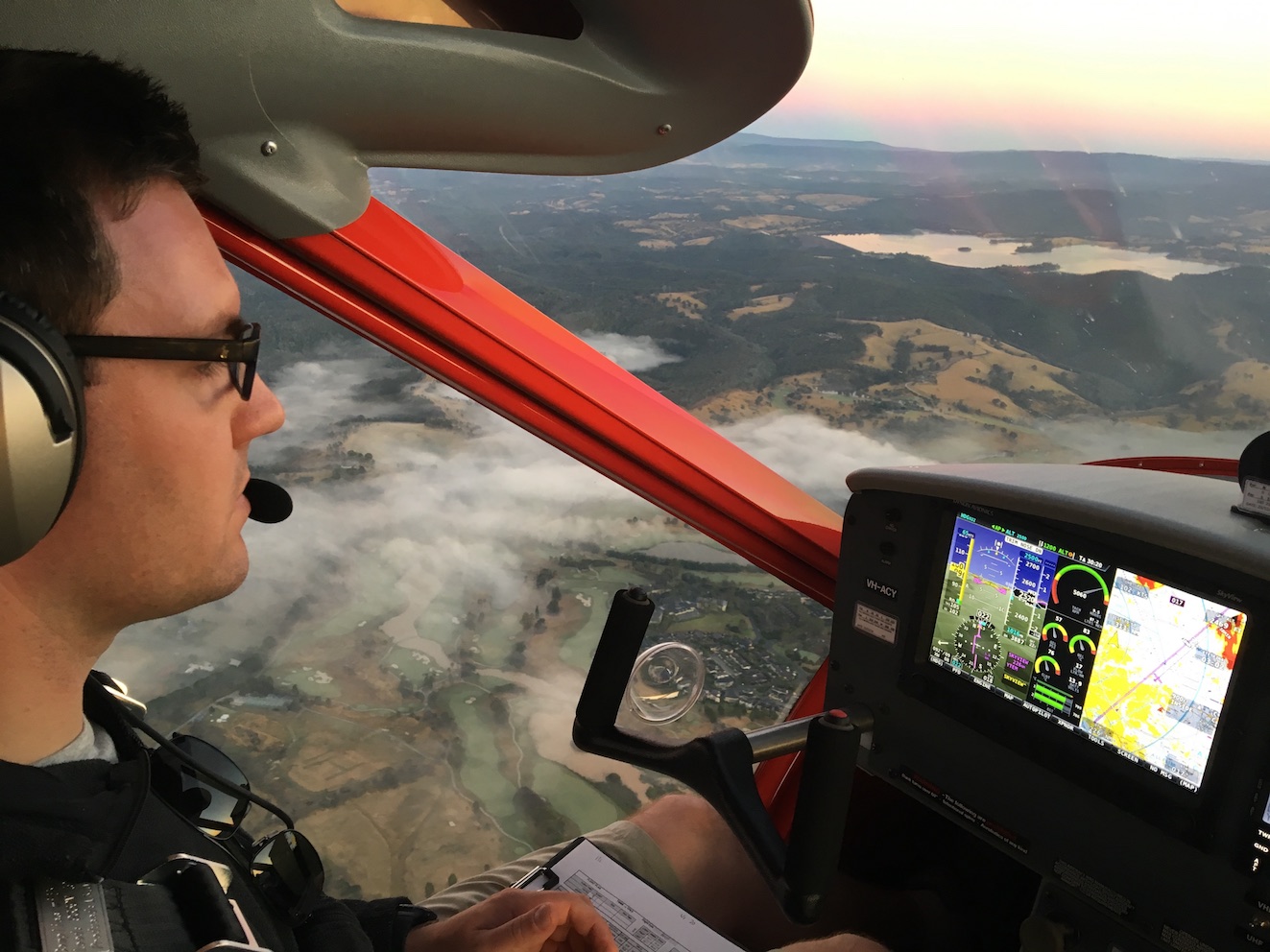For 2020 we are introducing some updates to the A22LS Foxbat/Kelpie and A32 Vixxen aircraft available in Australia while keeping prices at the same levels as for 2019.
 First among these is a new windscreen design, using moulded 3mm acrylic instead of the flex-to-shape 2mm flat polycarbonate sheet. The acrylic windscreen is more rigid than the original design, which has served us well for over 20 years. The main benefit is noise reduction in the cabin, particularly noticeable in the A32 Vixxen, which is already a relatively quiet aircraft. There are a couple of minor downsides – the acrylic screen needs special jigs both for original installation and when a replacement screen is fitted; it’s also more expensive than the original, flat sheet design. All new A22LS Foxbats/Kelpies and A32 Vixxens built for Australia after 01 January 2020 will be fitted as standard with the new type of screen.
First among these is a new windscreen design, using moulded 3mm acrylic instead of the flex-to-shape 2mm flat polycarbonate sheet. The acrylic windscreen is more rigid than the original design, which has served us well for over 20 years. The main benefit is noise reduction in the cabin, particularly noticeable in the A32 Vixxen, which is already a relatively quiet aircraft. There are a couple of minor downsides – the acrylic screen needs special jigs both for original installation and when a replacement screen is fitted; it’s also more expensive than the original, flat sheet design. All new A22LS Foxbats/Kelpies and A32 Vixxens built for Australia after 01 January 2020 will be fitted as standard with the new type of screen.
Although replacement polycarbonate screens will continue to be available, a retro-fit acrylic screen kit will also be available for owners wishing (optionally) to replace their existing polycarbonate screen, should it become damaged. For a returnable deposit, Foxbat Australia will be able to loan your qualified engineer a set of jigs to enable the replacement. We are also making a short video to cover installation of the new screen.
 Next, the A22LS Foxbat will now have as standard the so-called ‘Kelpie’ metal luggage bay with side door. We have sold 20 of the Kelpie variant since we introduced it around 2 years ago and in addition, most Foxbat buyers have opted for the Kelpie bay over the previously ‘standard’ canvas luggage container. The main reason for this is probably that the metal luggage bay is rated at 30 kgs maximum as opposed to the canvas container at 20 kgs. The contents of the container remain accessible in flight and a hard cover is included if in-flight access is not required. There is a small basic weight penalty but as the A22LS is already one of the lightest (and strongest) LSAs on the Australian market, you will still be able to carry over 200 kgs of people and bags, even after filling full with fuel.
Next, the A22LS Foxbat will now have as standard the so-called ‘Kelpie’ metal luggage bay with side door. We have sold 20 of the Kelpie variant since we introduced it around 2 years ago and in addition, most Foxbat buyers have opted for the Kelpie bay over the previously ‘standard’ canvas luggage container. The main reason for this is probably that the metal luggage bay is rated at 30 kgs maximum as opposed to the canvas container at 20 kgs. The contents of the container remain accessible in flight and a hard cover is included if in-flight access is not required. There is a small basic weight penalty but as the A22LS is already one of the lightest (and strongest) LSAs on the Australian market, you will still be able to carry over 200 kgs of people and bags, even after filling full with fuel.
 We have offered a variety of VHF radios over the years, including the popular German Filser/Funkwerk OLED radio. However, after extensive experience with TRIG – a UK (well, Scotland actually) manufacturer – we have decided to include the TRIG TY91 VHF radio as standard on all A22LS and A32 aircraft in Australia. Where optionally requested, the TRIG TT21 mode S transponder will visually match the TY91 radio. Dynon SkyView equipped aircraft will continue with the Dynon VHF radio.
We have offered a variety of VHF radios over the years, including the popular German Filser/Funkwerk OLED radio. However, after extensive experience with TRIG – a UK (well, Scotland actually) manufacturer – we have decided to include the TRIG TY91 VHF radio as standard on all A22LS and A32 aircraft in Australia. Where optionally requested, the TRIG TT21 mode S transponder will visually match the TY91 radio. Dynon SkyView equipped aircraft will continue with the Dynon VHF radio.
 For 2020, all A22LS Foxbats with the Y-stick control configuration will now standardise on the ‘long leg’ raised instrument panel. This panel has curved cut-outs along the bottom edges on pilot and co-pilot side, facilitating comfort for those owners with longer than average legs.
For 2020, all A22LS Foxbats with the Y-stick control configuration will now standardise on the ‘long leg’ raised instrument panel. This panel has curved cut-outs along the bottom edges on pilot and co-pilot side, facilitating comfort for those owners with longer than average legs.
The ‘long-leg’ option isn’t available with twin-yoke configuration controls as the yokes support structure occupies some of the space taken by the cut-outs in the panel bottom. Also, for the A22LS Kelpie, the UHF radio is normally fitted under the panel on the co-pilot side. If you require the long-leg cut out on a Kelpie, there will be a small additional charge to cover installation of a remote head for the UHF radio. The A32 already has legroom equivalent to the A22LS ‘long-leg’ panel.
We are working with the factory to offer a number of additional options on A22LS and A32 aircraft. Among these are a visor-style tinted sun screen in the top of the windscreen, larger capacity fuel tanks for the A32 and a glider tow-hook for the A32. We are also hoping for a supplement to allow doors off flying in the A32 to match that of the A22LS.
As an aside, although we are sometimes asked by customers if they can fit bigger tyres to the A32, it is unlikely these will be formally approved by the factory any time soon. From experience with flying school owners who have removed the wheel spats and leg fairings, we are aware that this can reduce the cruise speed by as much as 9-10 knots, effectively pulling the straight and level cruise of the A32 down towards to that of the A22LS. The A32 is fitted standard with aviation grade AirTrac 15×6.00×6 tyres and landowner experience has shown that these are more than sufficient for use on paddock and gravel strips with the spats remaining in place.
SPECIAL OFFER – for a limited number of aircraft we will include a Garmin Aera 660 GPS with a panel mount of your choice at no extra cost. First come, first served!
For more information on any of these items, please see our website at www.foxbat.com.au or call Ido Segev on 0431 454 676 or Peter Harlow on 0413 900 892.


